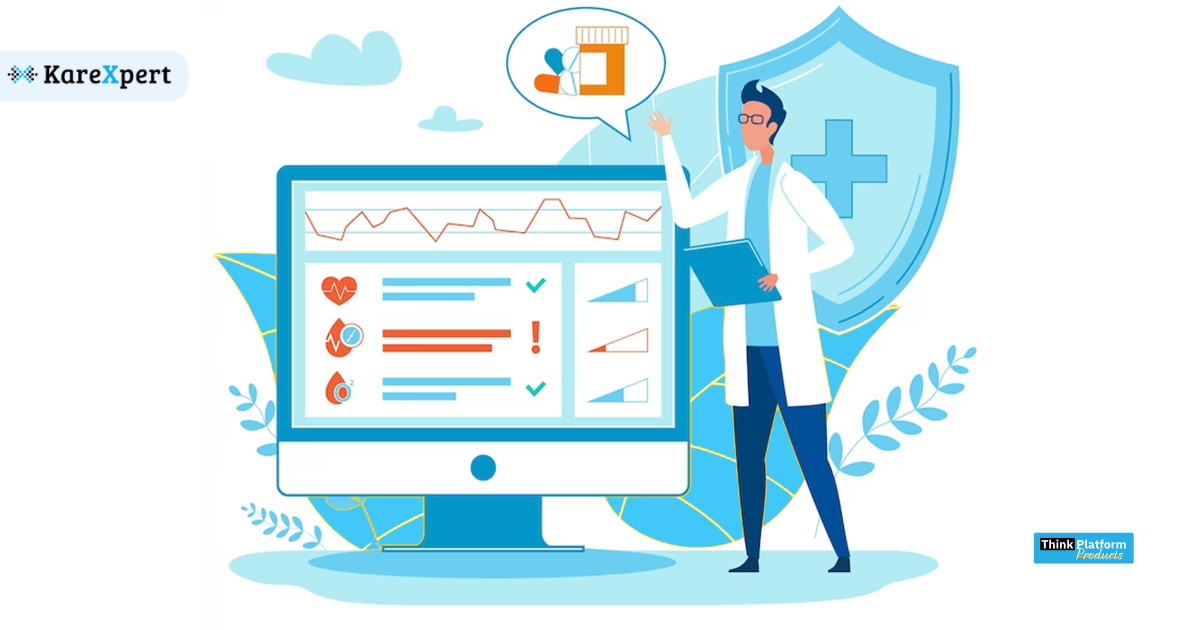Everything You Should Know About Today’s EMR Systems

● Definition and Purpose:EMR systems are digital platforms that store, manage, and retrieve patient health records electronically.
The primary purpose of EMR systems is to centralize patient information, allowing healthcare providers to access comprehensive medical histories, treatments, test results, and other relevant data in a secure and efficient manner.
● Features and Functionality:EMR systems offer a range of features, including patient demographics, medical history, progress notes, medications, allergies, and immunizations.
They allow for real-time documentation, facilitating instant updates to patient records and ensuring accuracy and timeliness of information.
EMR systems also support e-prescribing, lab and imaging orders, appointment scheduling, and billing functionalities.
● Benefits of EMR Systems:Enhanced Accessibility: EMR systems provide instant access to patient records, regardless of location, enabling seamless collaboration among healthcare providers.
Improved Patient Safety: By consolidating patient data, EMR systems reduce the risk of errors caused by illegible handwriting or misplaced paper records. Decision support tools within the system also help prevent adverse drug interactions or allergies.
- Streamlined Workflow: EMR systems automate manual processes, such as charting, order entry, and results retrieval, saving time and increasing overall efficiency.
- Data Integration: EMR systems can integrate with other healthcare systems, such as laboratory information systems (LIS) and picture archiving and communication systems (PACS), enabling seamless data exchange.
- Cost Savings: Over time, EMR systems can lead to cost savings by reducing paper usage, streamlining operations, and minimizing transcription and storage costs.
● Interoperability:Interoperability is a critical aspect of EMR systems, as it ensures the exchange of patient information across different healthcare settings.
Standardized protocols, such as Health Level Seven International (HL7) and Fast Healthcare Interoperability Resources (FHIR), facilitate seamless data sharing and integration between various systems.
Interoperability improves care coordination, enables a comprehensive view of the patient’s health history, and reduces duplicate tests or procedures.
● Privacy and Security:EMR systems prioritize patient privacy and security through robust measures, such as user authentication, access controls, encryption, and audit logs.
Compliance with regulations like the Health Insurance Portability and Accountability Act (HIPAA) ensures that patient data remains confidential and protected from unauthorized access or breaches.
● Cloud-Based EMR Systems:Cloud-based EMR systems have gained popularity due to their scalability, flexibility, and accessibility.
With cloud-based solutions, healthcare providers can access patient records from any device with an internet connection, eliminating the need for on-site infrastructure and maintenance.
Cloud-based systems also offer automatic updates, data backup, and disaster recovery options.
● Mobile Applications:Many EMR systems provide mobile applications that allow healthcare providers to access patient data on smartphones and tablets.
Mobile apps enable remote patient monitoring, real-time updates, secure messaging, and quick retrieval of information, enhancing patient care and communication.
● Training and Support:Software for EMR vendors provide training and ongoing support to healthcare providers during implementation and beyond.
Training programs familiarize users with system functionalities, workflows, and best practices.
Dedicated support teams assist with technical issues, updates, and customization requirements, ensuring a smooth transition to and optimal utilization of the EMR system.
Challenges and Considerations:
- Implementation Time and Costs: Implementing an EMR system requires careful planning, staff training, and potential workflow adjustments, which can take time and incur costs.
- Data Migration and Integration: Transferring existing patient data from paper records or legacy systems to an EMR system may pose challenges. Ensuring proper data migration and integration is essential for seamless continuity of care.
- User Adoption: Transitioning from paper-based or older systems to an EMR system requires user acceptance and training. Providers and staff may initially face a learning curve and resistance to change, emphasizing the need for comprehensive training and support.
- Data Backup and Recovery: EMR systems should have robust data backup and recovery mechanisms in place to protect against data loss or system failures.
- System Customization: EMR systems should be customizable to meet the unique needs of healthcare organizations, allowing for tailored workflows and specialized requirements.
Future Trends:
- Artificial Intelligence (AI) Integration: EMR systems are increasingly incorporating AI technologies, such as natural language processing and machine learning, to automate tasks like data entry, coding, and clinical decision support.
- Patient Engagement: EMR systems are evolving to include patient portals and communication features that empower patients to access their own health records, schedule appointments, and communicate securely with healthcare providers
- Data Analytics and Population Health Management: EMR systems are becoming more sophisticated in their ability to analyze large volumes of patient data, enabling population health management initiatives and proactive healthcare interventions.
- Telemedicine Integration: The COVID-19 pandemic has accelerated the adoption of telemedicine. EMR systems are being integrated with telemedicine platforms to support virtual visits, remote patient monitoring, and secure video consultations.
In conclusion, today’s software for EMR systems have transformed healthcare delivery by centralizing and digitizing patient records. These systems offer numerous benefits, including improved accessibility, streamlined workflows, enhanced patient safety, and cost savings. Interoperability, privacy, and security are crucial considerations, while cloud-based solutions and mobile applications provide flexibility and remote access. Challenges related to implementation, user adoption, and data migration can be mitigated through comprehensive training and ongoing support. As technology continues to evolve, AI integration, patient engagement features, data analytics, and telemedicine integration are shaping the future of EMR systems, driving innovation and improving patient care.
Contact KareXpert today to know more!
Website: https://www.karexpert.com/
Email: info@karexpert.com
Phone: +91-9069113330




